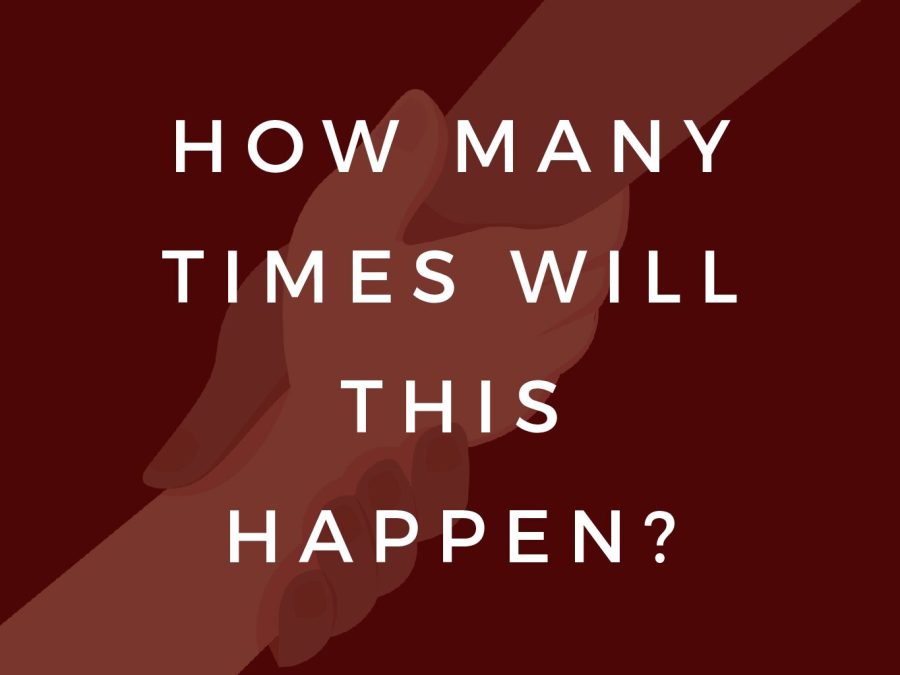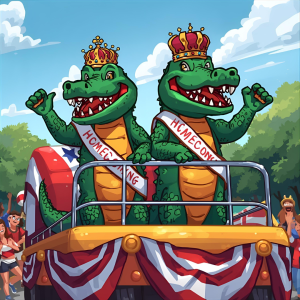The Buffalo Shooting Tragedy Raises Questions About National Tensions
May 20, 2022
In what the U.S. Justice Department investigates as a hate crime and act of “racially motivated violent extremism”, a white 18-year-old that was wearing military gear reportedly opened fire at a supermarket in Buffalo, New York on Saturday, May 14th, all the while live streaming the event with a helmet camera on the streaming platform Twitch.
According to police, 10 people were killed and three were wounded, with 11 of the victims being African-American, and four of them being store employees.
During his arraignment, the shooter was identified as Payton S. Gendron of Conklin, New York, matching the name as one given in a 180-page diatribe that arose online shortly after the shooting, taking credit for the crime as one in the name of white supremacy. While the validity of the document was not confirmed by law enforcement and government officials in the immediate hours following the attack, many suspect that the detail of the contents all but confirmed its legitimacy. According to the New York Times, a senior federal law enforcement official said they believed the diatribe was released by Gendron himself.
“It is my sincere hope that this individual, this white supremacist who just perpetrated a hate crime on an innocent community, will spend the rest of his days behind bars. And heaven help him in the next world as well,” said Governor Kathy Hochul near the scene of the attack.
Gendron’s crimes come during a time of racial tensions and gun control problems in the country—just a day before the Buffalo shooting, a series of Koreatown shootings were being investigated by Dallas police as a hate crime, and a month prior was a Brooklyn bus attack that reportedly injured 23 people.
“This is the worst nightmare that any community can face, and we are hurting and we are seething right now,” said Buffalo Mayor Byron Brown at the news conference. “The depth of pain that families are feeling and that all of us are feeling right now cannot even be explained.”
At a news briefing, Erie County Sheriff John Garcia reportedly called the shooting a hate crime, stating, “This was pure evil. It was [a] straight up racially motivated hate crime from somebody…outside of the City of Good Neighbors.”
Some authorities have identified this deadly mass shooting as a product of a larger network of interconnected problems in the United States, including but not limited to structural racism, white supremacy, online extremism, and propagated agitation by political figures and the government.
Political scientist Ian Bremmer, who recently released a book on world threats, has stated that out of all the problems the country, and specifically the political body, chooses to focus on, it has neglected what he calls the “most dangerous” crisis, which is, according to him, “the inability to understand and contain disruptive technologies” such as artificial intelligence, online disinformation, cyberattacks, and more.
Despite the deadly white supremacy of Buffalo’s mass shooter, Bremmer pointed out that life-threatening racism has not sparked an appropriate level of concern in America, saying, “It doesn’t seem to be a really urgent problem for the average American because most of the people it’s hitting are seriously disenfranchised.” He likens the problem to the cocaine crisis back in the 1980s and 90s, stating, “We all knew it was a big deal, but it was ‘inner-city.’ And did the people who were in power really care?”
Zak Cheney-Rice from the Intelligencer has pointed out that the mass shooting is just another result of the “American Exceptionalism” that plagues the country. “…[T]here are few countries where the conspiracy theory that appears to have inspired the massacre, known as the ‘Great Replacement’, would also be a dominant talking point on the country’s most-watched cable-news network.”
“The Great Replacement” theory has white supremacist roots dating back to early 20th century French nationalist and author Maurice Barres, but it was popularized by French writer and critic Renaud Camus who published the 2011 essay “Le Grand Remplacement” or “The Great Replacement”. While Camus’ focus was on Muslim immigration to Europe and non-white populations having higher birth rates, it was very quickly adopted by the more general white supremacist movement that targeted a variety of non-white populations alongside the Jewish population. The theory echoes the motivation behind Adolf Hitler’s quest for Lebensraum, or living space, that he used to justify the genocide of millions of Jews known as the Holocaust, and essentially urges worry for native white populations to worry about the conspiracy of a “white genocide”.
The Great Replacement has resulted in numerous acts of violence against non-white communities—but the U.S. has taken it to a new level, according to Cheney-Rice.
“When Gendron inveighed against the mythical plot by Jews to replace non-Jewish whites with racial minorities, he might as well have been channeling Fox News’ Tucker Carlson, who delivers a version of the same message to more than 3 million viewers on a given night,” Cheney-Rice writes. He describes the long-standing problems with structural racism in the U.S., exemplified in food deserts in majority-Black regions that are a product of discrimination. He says, “Few countries, and maybe none, routinely treat this collection of facts as acceptable.”







